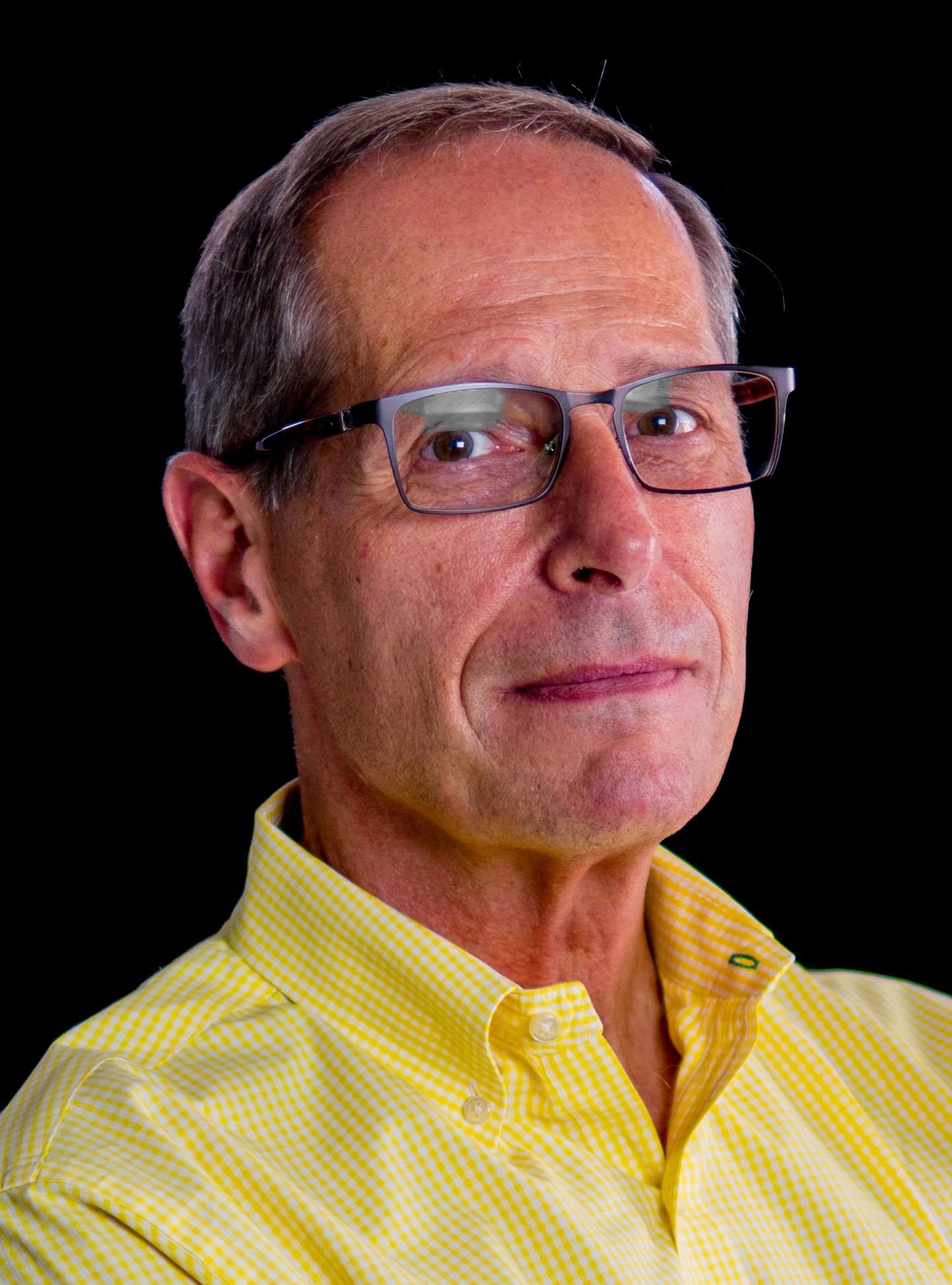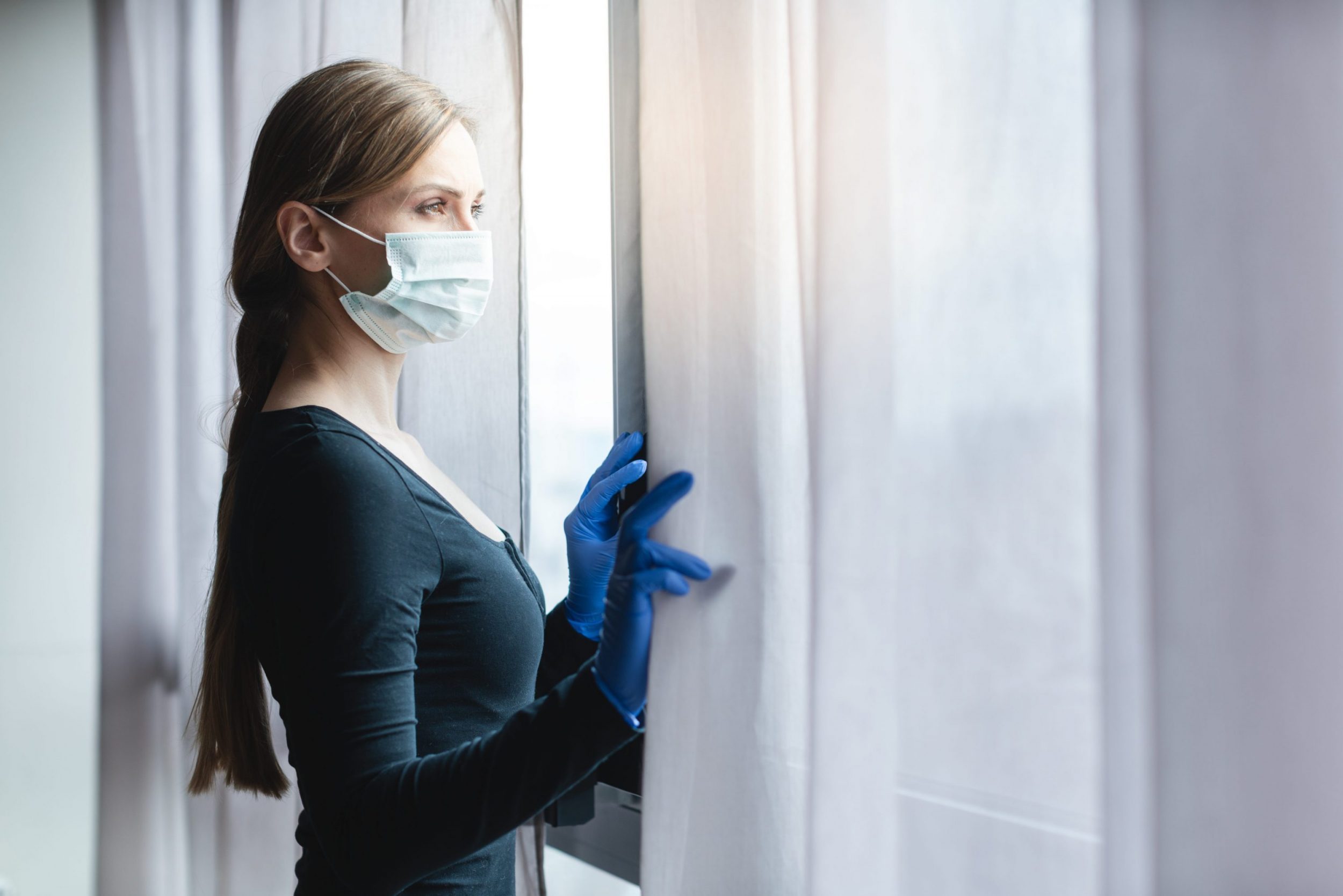Over the past three months we have heard repeatedly, from every conceivable direction, that the times we are living in are “unprecedented” and “uncertain”. If I could, I would retire both words from our vernacular or at least embargo them for the foreseeable future.
Now, as the shock waves still reverberate and the old normal is fast becoming the new normal, we must survey the landscape, assess the damage, and begin emerging from the bunkers to build what that new normal will look like. The reality is that many of us will be doing pretty much the same as we did before this situation – but just doing it differently.
It will not surprise anyone to know that seven in ten Americans (72%) say their lives have been disrupted “a lot” or “some” by the coronavirus outbreak. The changes to your daily routine, along with the 24/7 onslaught of coronavirus news has drastically increased the stress in our lives. A survey by the Kaiser Family Foundation found that 45 percent of Americans feel the coronavirus crisis is harming their mental health.
In a recent Fortune Op-Ed, LeanIn.org co-founders Sheryl Sandberg and Rachel Thomas suggest that many women are working the equivalent of two full time jobs (what they deem a “double double shift”), spending 71 hours every week on housework and caregiving, including the new responsibilities of these challenging times. Meanwhile, men in the same situation are doing 20 fewer hours of labor every week.
Even though many states are taking steps to reopen businesses and communities, it will take some time for life to return to the “normal” we knew pre-COVID-19. For some, mainly those who are more at-risk and need to maintain social distancing, there will still be the hidden risk of social isolation, even as states move through reopening phases. For those returning to work, it will still be important to follow health guidelines, while also taking steps to maintain your mental and physical health.
If you find yourself obsessing over the news or wrestling with anxiety and stress caused by recent changes, here are some tools available to help:
- Community Health Charities compiled a list of coronavirus resources from nonprofit partners, especially for those most at-risk.
- Black Women’s Health Imperative provides advice on the importance of self-care during and how to manage stress.
- The American Heart Association provides tips for handling the overwhelming presence of coronavirus on your social media accounts.
- The National Institutes of Health’s Emotional Wellness Toolkit suggests strategies for improving your emotional health.
- Mental Health America offers a database of mental health and disease outbreak resources.
- The National Alliance on Mental Illness created a COVID-19 Resource and Informational Guide as well as tips for protecting your mental health during the outbreak.
The most important takeaway from all this — as we live through a pandemic that will one day be a chapter in a future historical recounting of the early 21st century — is that change and disruption are not “unprecedented” and uncertainty is always part of any “new normal”. If we are to emerge from this time stronger and more equipped to make our world a better place, then we need to take care of ourselves now.
Psychologist Barbara J. Brown, PhD best addressed this by saying that “it will always be true that the greater the loss of control that we feel from something outside of ourselves, the greater the need will be to find a center of control within ourselves.” She calls it Conscious Self-Care, the responsibility of adults capable of functioning in society to manage the stress and anxiety within us in order to manage ourselves.
Dr. Brown lists concrete things we should be doing every day to thrive in the new normal:
- Choose regular sleep and wake times.
- Don’t use electronic devices of any kind (phone, television, tablet) at least one hour before bedtime.
- Do a “brain dump” of what is on your mind and/or to do list, by journaling outside your bedroom.
- Exercise for at least 30 minutes — that can include walking, running, and biking — to calm your nerves and encourage mood stimulating endorphins in the brain.
- Eat a balanced diet, stay hydrated by drinking sufficient amounts of water and limit or eliminate alcohol and caffeine.
- Practice meditation and mindfulness to help manage anxiety.
- Connect with others by phone, text, video conference, or other devices.
This reemergence as we return to our new normal is similar to recovering from trauma. We have been traumatized, and like any trauma, there will be an imperceptible recovery process that will take time. That is why, beyond all the urgency to get back to “normal,” we need to extend grace and patience to ourselves and others as we adjust, adapt, and manage the challenges as we gain clarity on the new landscape.


